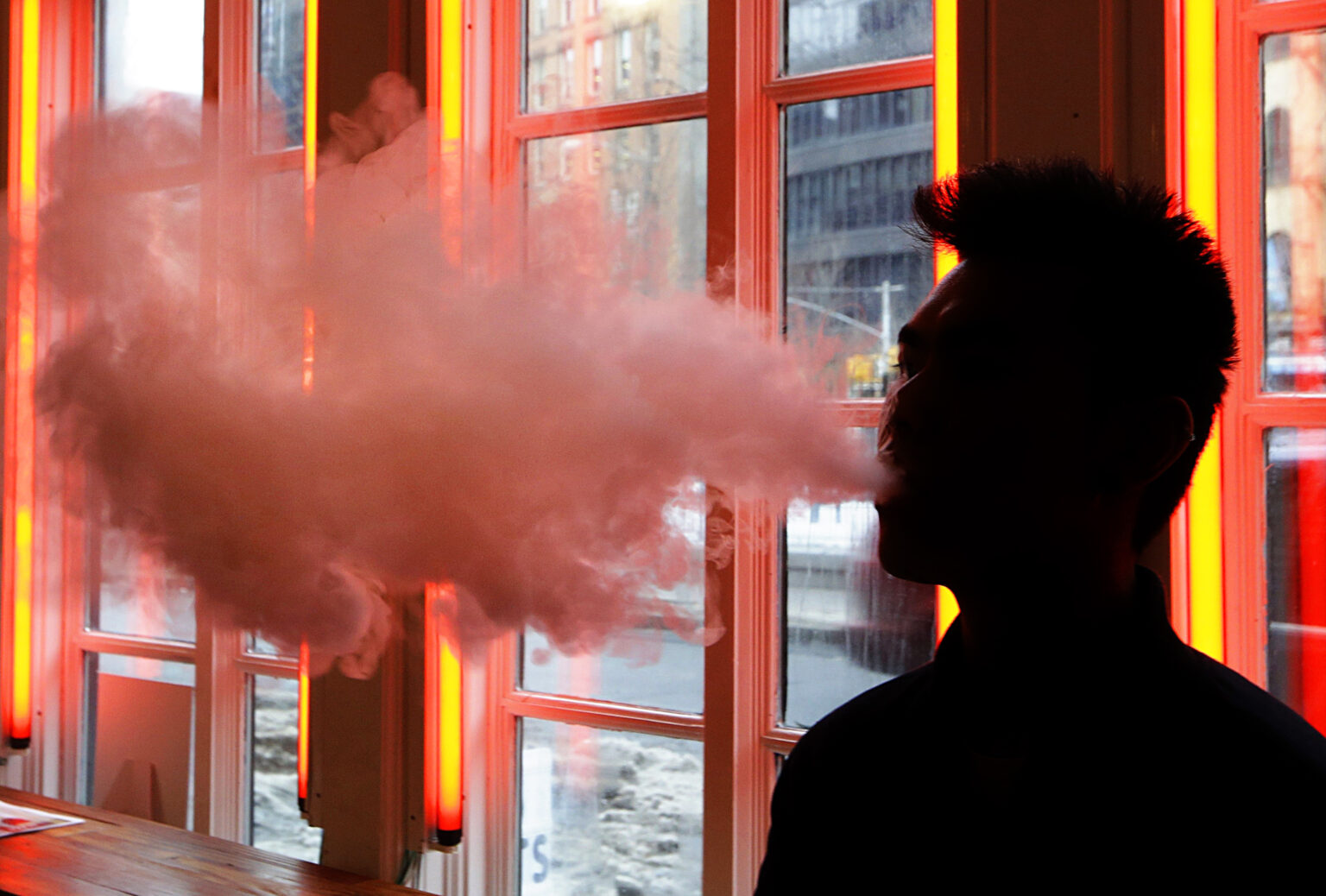Legal and Political Developments in U.S. Security and Regulatory Policies
Controversy Over California National Guard Deployment and Federal Court Ruling
In a significant legal victory for President Donald Trump, a three-judge panel of the U.S. Court of Appeals for the Ninth Circuit has upheld his authority to retain the California National Guard in Los Angeles to oversee protests related to immigration enforcement. This decision comes despite strong objections from California Governor Gavin Newsom, a Democrat, who argued that the deployment infringed on state sovereignty. Trump celebrated the ruling on social media, calling it a “MAJOR WIN,” emphasizing its importance in maintaining federal authority over local law enforcement during sensitive protests.
As the nation approaches a critical period of national security deliberations, President Trump is scheduled to participate in a high-level meeting on Friday to assess potential military actions against Iran’s nuclear program. Sources indicate that the President might delay any decision for up to two weeks, weighing the geopolitical risks involved. Later in the day, Trump plans to visit his Bedminster, New Jersey, golf club for a fundraising event, continuing his active schedule amid ongoing international tensions.
Supreme Court’s Stance on Youth Vaping and Tobacco Regulation
In a landmark decision, the Supreme Court has rejected a government effort to restrict legal avenues for challenging Food and Drug Administration (FDA) decisions concerning the approval of e-cigarette products, including flavored varieties linked to the youth vaping epidemic. The case centered on the issue of venue shopping, with the court ruling 7-2 that tobacco giant R.J. Reynolds could challenge an FDA rejection of its menthol cigarette application in a federal appeals court located outside its home jurisdiction in North Carolina.
Justice Amy Coney Barrett, writing for the majority, pointed out that Congress explicitly limited the scope of legal actions under the Tobacco Control Act, and the court’s decision aligns with this legislative intent. Dissenting justices Ketanji Brown Jackson and Sonia Sotomayor expressed concern that the ruling could undermine regulatory efforts aimed at curbing youth access to flavored tobacco products.
The FDA argued that tobacco companies, including R.J. Reynolds, were exploiting procedural loopholes by filing most of their appeals in the Fifth Circuit Court of Appeals in New Orleans, a jurisdiction perceived as more sympathetic to their positions. This tactic, the agency contended, hampers effective regulation of vaping products used by hundreds of thousands of teenagers nationwide.
In the case at hand, the Fifth Circuit had overturned the FDA’s denial of R.J. Reynolds’ application for its Vuse menthol e-cigarettes. The FDA highlighted that approximately 75% of e-cigarette-related legal cases in 2024 were filed in the Fifth Circuit, often by out-of-state applicants seeking favorable rulings. The agency emphasized that such strategies complicate efforts to regulate products that appeal to youth, especially flavored vapes.
Regulatory Challenges and Youth Vaping Trends
The 2009 Family Smoking Prevention and Tobacco Control Act mandates that manufacturers must secure FDA approval before marketing tobacco products across state lines. This regulation applies to both existing and new products, including popular menthol vapes like R.J. Reynolds’ Vuse line. The recent Supreme Court ruling allows challenges to FDA decisions to be filed in courts outside the manufacturer’s home circuit, raising concerns about the consistency and effectiveness of regulatory enforcement.
During oral arguments, R.J. Reynolds’ attorney, Ryan J. Watson, argued that the law permits any adversely affected party to challenge FDA decisions in the district or circuit where they are based. The company had partnered with a Texas vape retailer and a Mississippi trade association to file its challenge, despite being headquartered in the Fourth Circuit.
The FDA’s representative, Vivek Suri, countered that the law was never intended to include retailers as parties in such litigation, especially since they are not notified of FDA rejections and their involvement could undermine the law’s venue restrictions. This legal debate underscores ongoing tensions between industry interests and public health priorities.
In a separate case decided earlier this year, the Supreme Court unanimously upheld the FDA’s rejection of flavored e-liquids aimed at young consumers, citing concerns over their appeal and potential to foster nicotine addiction. Products with names like “Jimmy the Juice Man Peachy Strawberry” and “Killer Kustard Blueberry” were among those rejected, reflecting the agency’s focus on protecting youth from flavored tobacco products.
The Broader Context of Youth Vaping and Public Health
E-cigarettes, which heat nicotine-infused liquids into inhalable vapor, are generally considered less harmful than traditional cigarettes but still pose health risks. The FDA has intensified its regulation of flavored vaping products, which have gained popularity among teenagers. According to a 2024 survey by the Centers for Disease Control and Prevention (CDC), e-cigarettes remain the most commonly used tobacco product among middle and high school students, with approximately 1.6 million youth users-about 6% of the student population.
The survey also revealed that nearly 90% of young vapers prefer flavored options, highlighting the challenge of balancing regulation with consumer preferences. Notably, youth vaping rates peaked in 2019 but have since declined significantly, thanks in part to stricter regulations and public health campaigns.
This ongoing story continues to evolve as legal battles and regulatory measures shape the future landscape of tobacco and vaping products in the United States.

